GM K.Priyadharshan on pursuing chess and education in USA (1/2)
K. Priyadharshan is one of the most highly qualified grandmasters from India. Balancing academics and chess is by no means a cake walk. He had become a grandmaster by being a full-time student with a scholarship. From winning 11 international medals in various age categories to drawing Fabiano Caruana in a classical game, this 23-year-old from Madurai has some remarkable achievements under his belt. Needless to say, he had quite an adventurous journey. We ask him about different things that every Indian must know when he decides to pursue chess and higher education in the United States of America.
Interview: GM Priyadharshan Kannappan
Priyadharshan is currently pursuing his Masters in Business Management and leadership studies at Webster University. In this part one of the interview, he shares with us the journey involving chess and academics from his undergraduate days, chess culture in the US. Born in 1993, he currently has a rating of 2530, and is one of India's most recent grandmasters.
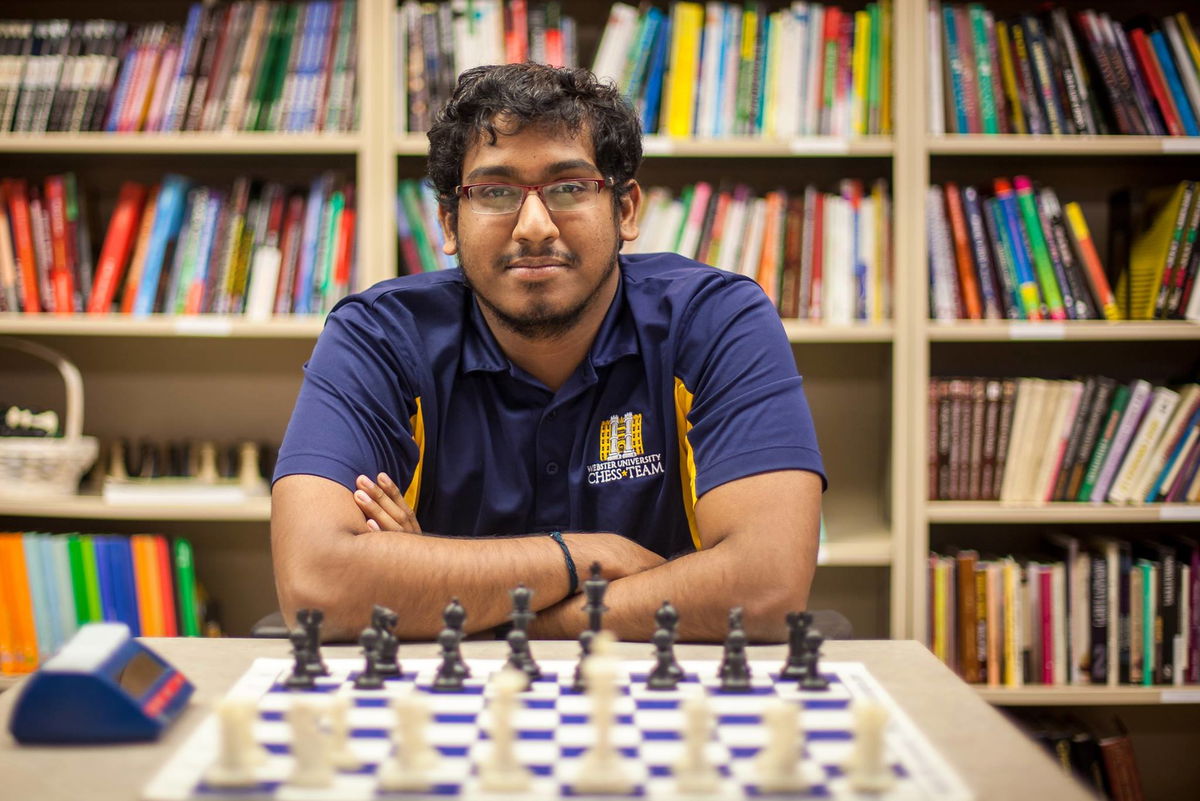
Sagar Shah (SS): Priyadharshan, I would like to focus in this interview on how you could manage two extremely difficult things together – becoming a GM in chess and excelling at academics. But before we begin with that I would like you to tell me about how you started playing chess and got better at the game?
K. Priyadharshan (PD): Hi Sagar, I started playing chess at the age of 7. My brother Prasanna used to play chess back then, and I got fascinated by the pieces and the board that were lying at my home. I started playing on my own, and seeing my interest in chess, my parents found a local coach for me then.
SS: You became an IM at the age of 16 years. How did you assess your progress in chess vis-à-vis academics?
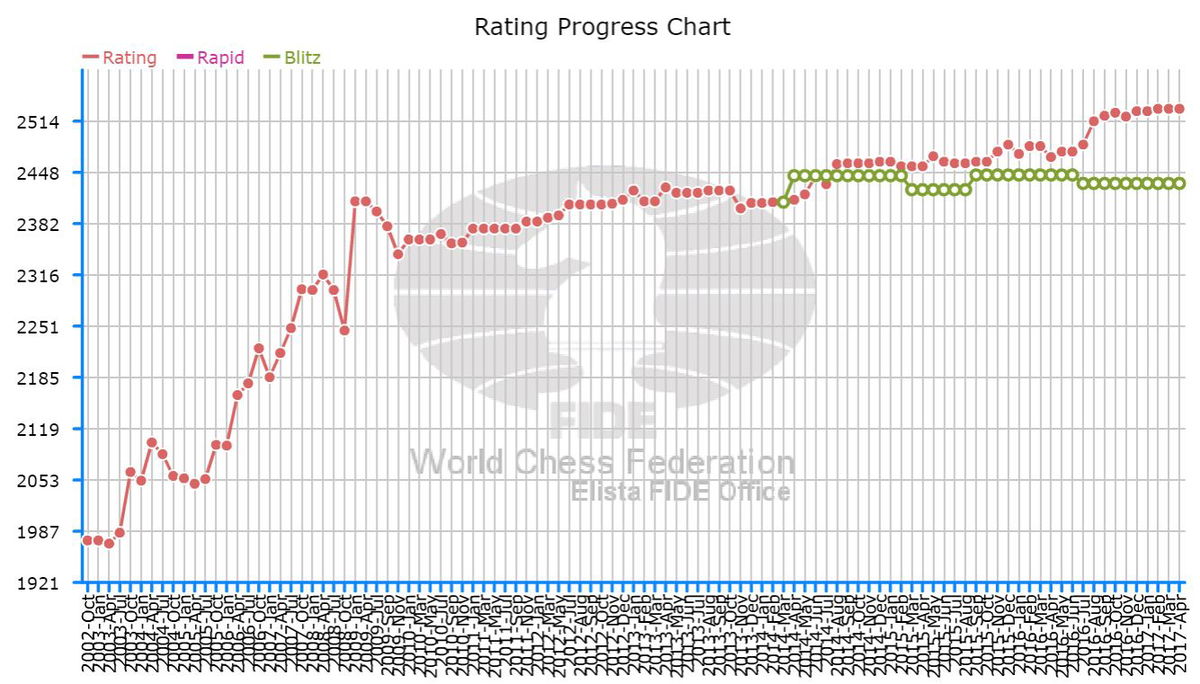
PD: My growth trajectory in chess, has been more solid but never been on the same rapid pace as my peers at that point in time. I wish I became a GM at by 18 or 19, but I don't really have any complaints as I gave my best in chess until I finished high school. I was close to becoming an IM at 15 itself, but the 3rd IM norm was eluding me for quite some time too!
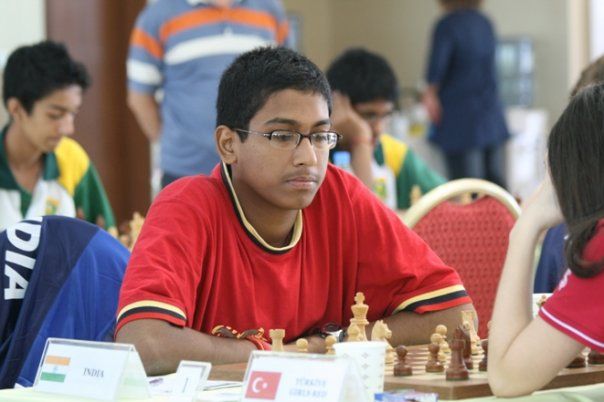
SS: How did the decision to go to USA come about?
PD: I finished my high school in India, and then I decided to go to U.S for my undergraduate degree. The decision was actually taken out of frustration! I was playing in the National Juniors in Puri in 2010, and at the end of round 9, I had 6.5 points, and had very good chances of finishing in top 5. In round 10, I was playing against IM Swayams Mishra and I lost a very complex game. That encounter just broke my spirits, and I also felt like, I needed a change in my life, so I started looking at what would be my options at that point.
I thought about applying for U.S universities which gave chess scholarships. The person who guided a lot me through this process, was my city mate GM Magesh Chandran Panchanathan, who completed his UG and Masters in University of Texas at Dallas. His help was very valuable at that point in time.
I realized that when I decided to go to U.S, the admission deadlines were very close to over, so I decided to take a gap year after my 12th, to focus on US entrance exams and also occasionally play chess in that time frame. The gap year was one of the best decisions I made in my life, and the reason for that is because Lindenwood announced about their chess program only in January 2012, and if I had tried joining in 2011, I would have never heard about Lindenwood!

SS: Why did you choose the Lindenwood University?
PD: There were many reasons why I chose Lindenwood. Lindenwood offered me one of the best scholarships, when compared to the other offers that I had in my hand. I joined the program in the 1st year of the school having a chess program, so it sounded very exciting for me to join a program that's starting from the scratch. The biggest reason was because the school was located in St.Louis, and the Lindenwood program was started in partnership with the Chess Club and Scholastic Center of St.Louis (CCSCL).
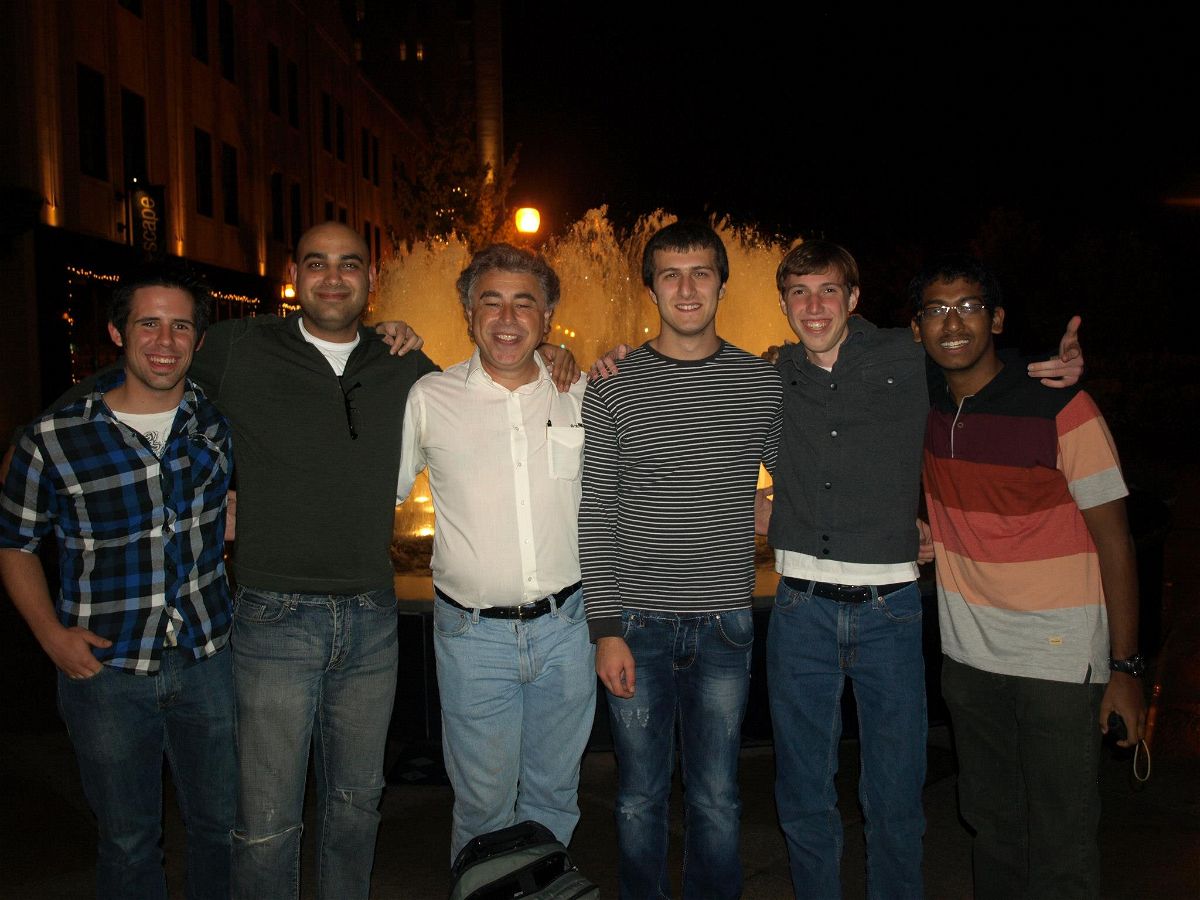
SS: When you went to the US, what were your intentions – just academics interspersed with chess or equal weightage on two?
PD: I knew I wouldn't be able to dedicate all my time to chess, so my intention was clear, and it was to get the best possible grade, and spend every single minute of free time outside of that on chess. I would say, I did manage to do a great juggling act of chess and studies during my undergraduate time. My schedule on a normal day would be attending classes for 3 hours a day and doing homework for another 2-3 hours and spend rest of the time on chess.
I started my UG with a FIDE rating of 2407 and when I graduated, I had 2475, which I think was a very solid growth in a 4 year time frame. In the academics, I also managed to graduate with a GPA of 3.98 out of 4 which got me Summa Cum Laude honors, which is the highest possible honors that you can achieve in school. Lindenwood also gave me the Male Scholar Athlete Award for 2015, which was a recognition for being a great team leader and for having an exceptional academic record.
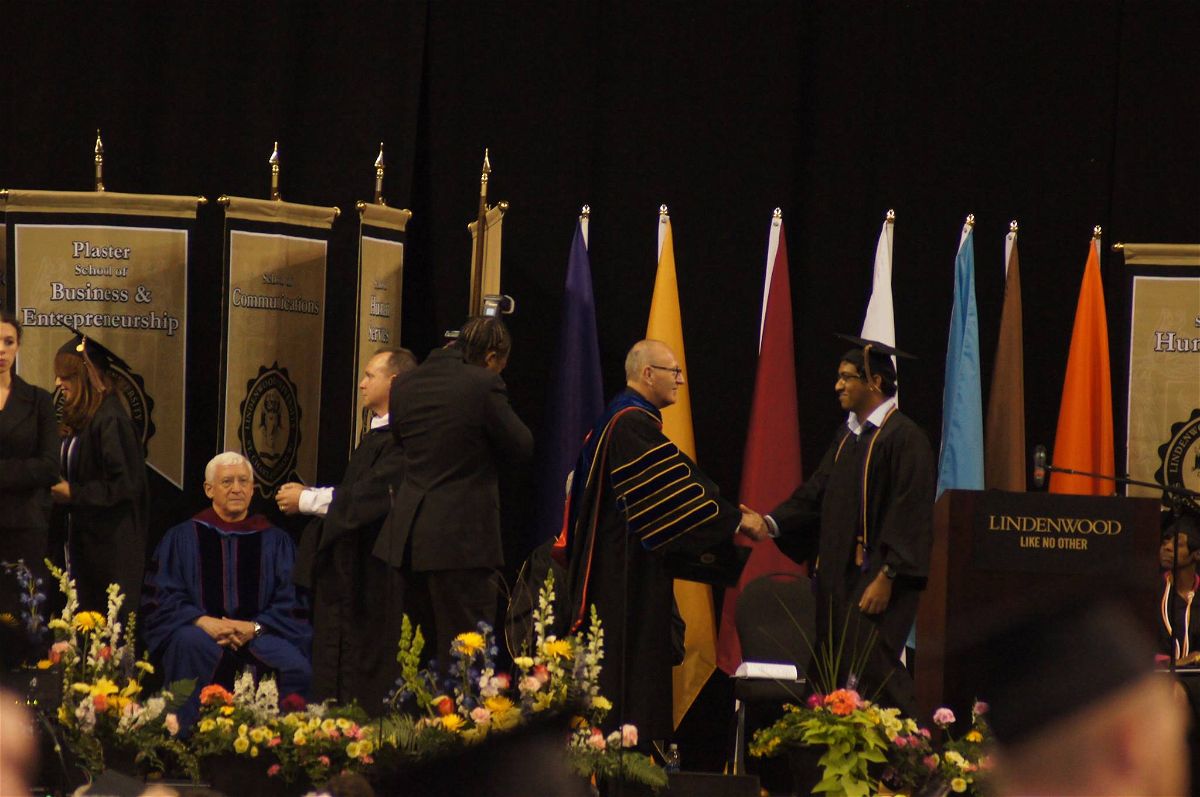
SS: How is the chess scene in USA different from that of India?
PD: You need a lot more stamina to play in U.S, as everyday you have two games, and the time controls are longer than India. A game lasts close to five hours here and two games each day! The other big difference was the fact that most tournaments here are weekend five round events, so even if you lose one game, you are basically out of the prize list!
The pairings are also posted only like 10 minutes before the game, so there is no time to really prepare for your opponent. You have to rely more on middle game outplaying and tactics to beat your opponents here, as you can rarely whip out a novelty in the opening!
At this point I would like to share one of the games from the Philadephia International 2016 that helped me to achieve my International Master norm. It was against the strong GM Yaroslav Zherebukh. Before you indulge in the game try to solve the two positions given below! A small hint: Going forward is not always the right move!
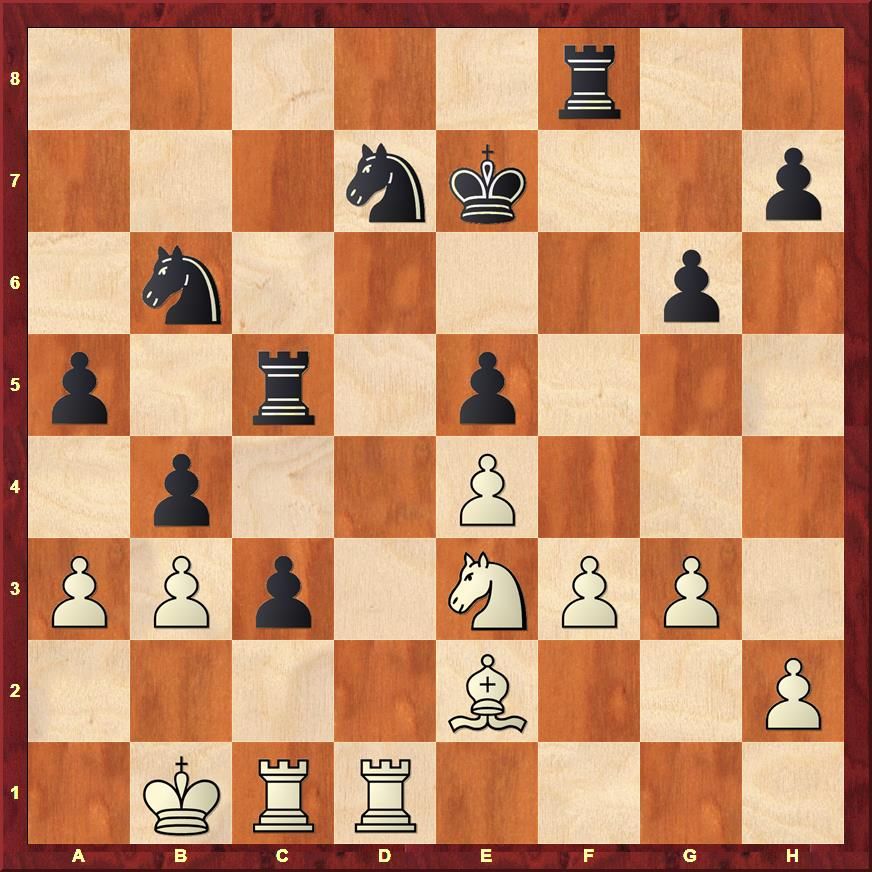
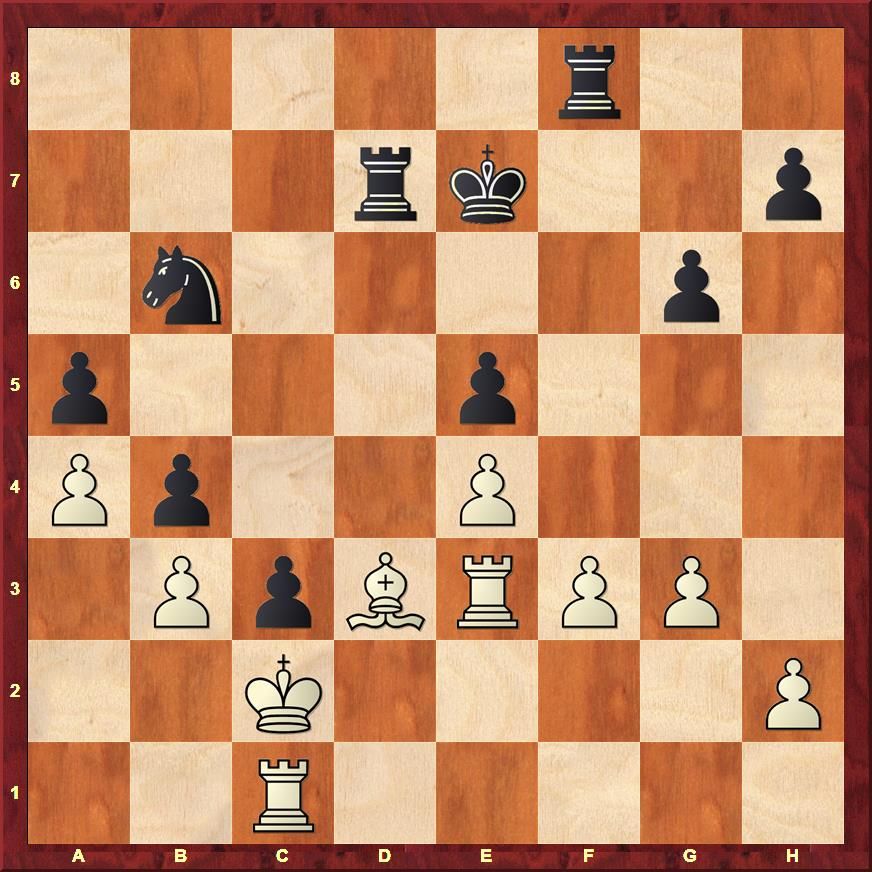
[Site "Philadelphia"]
[Date "2016.07.09"]
[Round "7.2"]
[White "Zherebukh, Yaroslav"]
[Black "Priyadharshan, K."]
[Result "0-1"]
[ECO "D20"]
[WhiteElo "2595"]
[BlackElo "2484"]
[Annotator "Priyadharshan,K"]
[PlyCount "84"]
[EventDate "2016.07.05"]
[EventType "swiss"]
[EventRounds "9"]
[EventCountry "USA"]
to beat someone strong and with the black pieces to keep your GM chances alive.
} 1. d4 d5 2. c4 dxc4 3. e4 e5 4. Nf3 Bb4+ 5. Nc3 exd4 6. Qxd4 Qxd4 7. Nxd4 Nf6
8. f3 Bc5 9. Be3 Nc6 10. Nc2 Bxe3 11. Nxe3 Be6 12. O-O-O Ne5 13. Nb5 Ke7 {
I was surprised that Zherebukh went into this line, as I have a previously
played game against my teammate Ray Robson, where I equalized without any
difficulties and at some point, I was even pushing against Ray} 14. Nxc7 Rac8
15. Nb5 g6 {In my game against Ray, I went Rc5 and had no issues, but then the
text is also an equally good move, and the game actually transposes to the Ray
game in few moves} (15... Rc5) 16. Be2 Rc5 (16... a6 $5 17. Nd4 b5 18. Kc2 Rhd8
19. a4 Nd3 20. Bxd3 Rxd4 $11) 17. Nd4 b5 18. Kb1 Rhc8 (18... Nc6 {I played
this against Ray, and after the game I analyzed that Rhc8 was more precise, so
I got to use my improvement!} 19. Nxc6+ Rxc6 20. e5 $14) 19. Rc1 Ned7 $6 {
A slight inaccuracy, which could have put me in an unpleasant spot} (19... Nc6
$142 20. Nxc6+ R8xc6 $11) 20. Rhd1 $6 (20. Rc3 $142 {the idea of this move is
pretty deep!} a6 21. Ra3 Nb8 $14 {with the idea of Nec2-Nb4 and black Q-side
pawns are stuck}) 20... Nb6 21. g3 a5 22. Bf1 b4 {White starts to panic,
seeing the black pawns rolling freely, whereas white has issues in pushing his
pawns} 23. Nxe6 $6 (23. Rc2 $142) 23... fxe6 24. Rd4 e5 25. Rdd1 c3 26. b3 Rf8
$1 27. a3 Nfd7 28. Be2 $2 (28. Nc2 $142 {this was the best try to make a draw}
Rxf3 29. axb4 axb4 30. Nxb4 c2+ 31. Rxc2 Rxb3+ 32. Rb2 Rxb2+ 33. Kxb2 Nf6 34.
Bd3 $15) 28... Nb8 $1 {The knight belongs to c6. From there it can jump to d4
or to d8 and e6.} 29. Nc2 Nc6 30. a4 Nd8 31. Ne1 Rc7 32. Rd3 Ne6 33. Re3 Nc5
34. Kc2 Rd7 35. Nd3 Nxd3 36. Bxd3 Na8 $1 {After the other knight has done it's
duty from the e6 square it is now time for this one to go to that square!} 37.
Kd1 Nc7 38. Ke2 Ne6 39. Kf2 Nc5 40. Bc4 Rd2+ 41. Kg1 Rfd8 42. Bd5 Nd3 {This
win put me in 5.5/7, which was a very comfortable spot in chasing the GM norm.}
0-1
Part II of this interview will follow shortly.
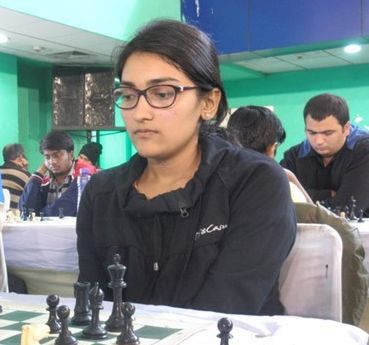 A huge amount of work on the article was done by Hinduja Reddy, who is not only an editor but also the social media and communications head of ChessBase India.
A huge amount of work on the article was done by Hinduja Reddy, who is not only an editor but also the social media and communications head of ChessBase India.

